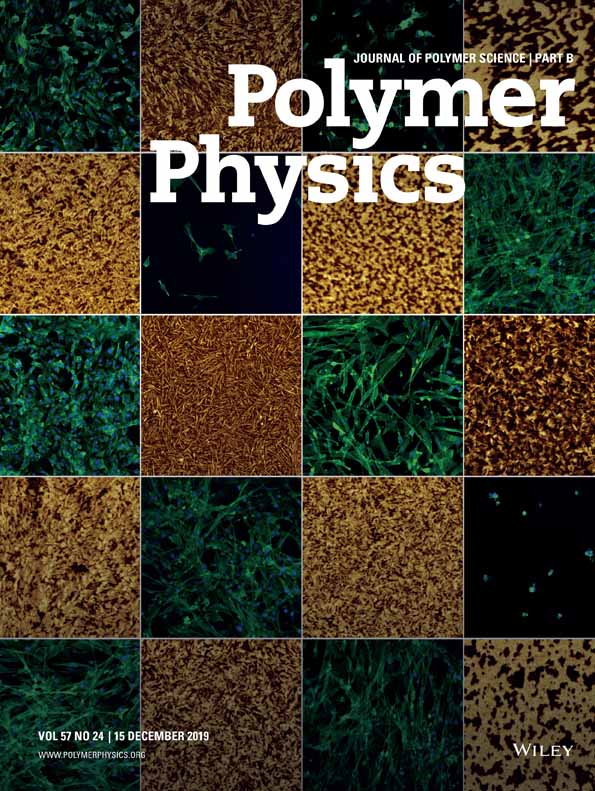The effect of heating on polyaniline powders studied by real-time synchrotron radiation diffraction, mass spectrometry and thermal analysis
Abstract
The effect of heating on four chemically synthesized polyanilines, three of which were doped by HCI, H2SO4, HCIO4, and one sample which was dedoped, was investigated. The structural variations during thermal decomposition were studied by real-time synchrotron radiation diffractometry and correlated with mass spectrometry (MS), thermal gravimetry (TG), and differential thermal analysis (DTA). These macroscopic and microscopic techniques were combined in order to shed more light on the role played by the water and the counteranion molecules on the structure of doped polyaniline. Evidence for two H2O fractions was found for HCI-doped polyaniline. Chain degradation was observed for HCIO4 and H2SO4-doped polyaniline. The results indicate that intermediate sulphonation of polymer chains occurs in the latter case.




